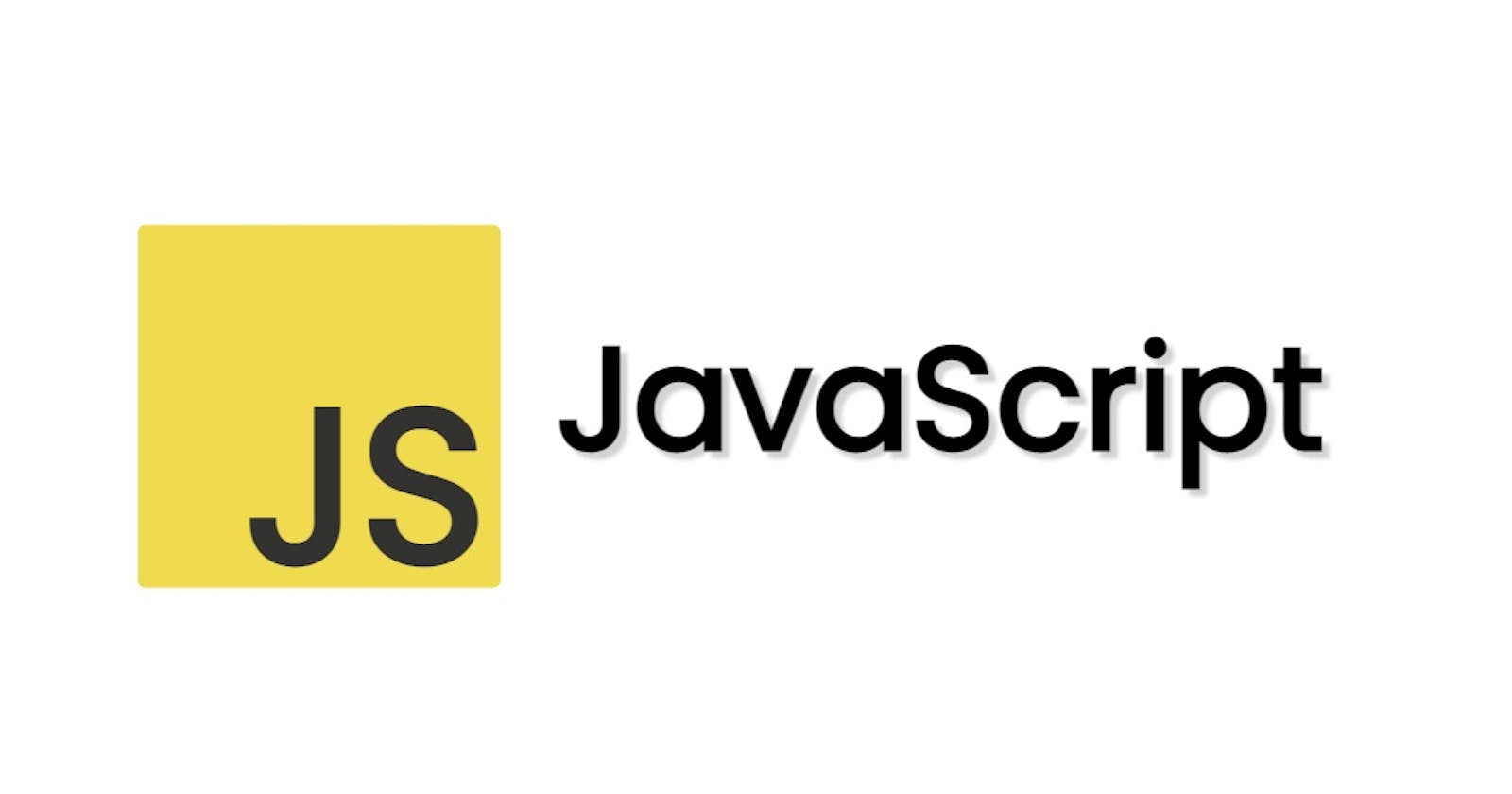A Complete Guide to JavaScript Variables: Understanding Their Scopes and Differences
Table of contents
Introduction
Welcome to our exploration of JavaScript variables! But before we delve into this fundamental aspect of JavaScript, let's first take a brief tour of console.log().
console.log() is a method used in JavaScript to print or display messages, values, or any other data to the console. It serves as a valuable tool for testing and debugging code, allowing developers to observe what is happening during program execution and inspect the values of variables or expressions. By utilizing console.log(), we can easily verify whether a value is correctly stored in our variables or not. Now, let's begin our exploration of JavaScript variables.
What is Variables in JavaScript ?
Variables are the container that are used to store values which can be use later.
In JavaScript Variables can be declare in four ways :
- Automatically
a = 5;
b = 6;
c = a + b;
console.log(c);
output : 11;
- Using var
var a = 5;
var b = 6;
var c = a + b;
console.log(c)
output : 11;
- Using let
let a = 5;
let b = 6;
let c = a + b;
console.log(c)
output : 11;
- Using const
const a = 5;
const b = 6;
const c = a + b;
console.log(c)
output : 11;
Having covered different ways to declare variables, let's now examine their unique differences.
In older versions of JavaScript, var was commonly used for variable declaration. One advantage (or drawback, depending on the context) of using var is its flexibility in allowing variable declaration without immediate initialization. Additionally, var allows reinitialization, meaning you can assign a new value to a variable, overwriting its previous value. It's important to note that var has global scope if declared outside of any function but function scope when declared within a function. Another characteristic of var is hoisting, where variable declarations are moved to the top of their scope during execution.
With the introduction of let in 2015, there was a shift towards using it instead of var. Like var, let allows declaration without immediate initialization and supports reinitialization. However, let variables are block-scoped, meaning they are limited in scope to the block, statement, or expression in which they are declared, such as within a function, loop, or conditional block. Unlike var, let variables do not allow hoisting.
Another newcomer in the 2015 JavaScript update was const, which has some significant differences compared to var and let. Unlike var and let, const requires variable declaration and initialization to happen simultaneously, and once a value is assigned, it cannot be reassigned. It's recommended to use const for variables that will remain constant and won't be changed regularly. Similar to let, const variables are also block-scoped. While primitive values assigned to a const variable cannot be changed, it's important to note that properties of objects assigned to a const variable can still be modified.
These are the key differences between var, let, and const, each with its own advantages and best use cases in JavaScript programming.
Summary
In conclusion, understanding the differences between
var,let, andconstis crucial for writing clean, efficient, and error-free JavaScript code. Whilevarprovides flexibility with its hoisting and reinitialization capabilities,letoffers more predictable behavior with its block-scoping mechanism. On the other hand,constensures immutability by preventing variable reassignment after initialization, making it suitable for declaring constants. By leveraging these distinct features, developers can write code that is easier to maintain, debug, and scale. So, whether it's choosing the appropriate declaration method for a variable or optimizing code readability and performance, mastering these concepts is essential for every JavaScript developer.

